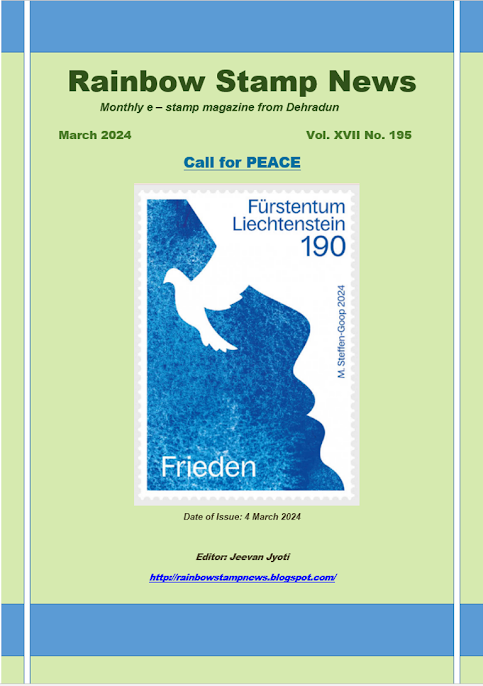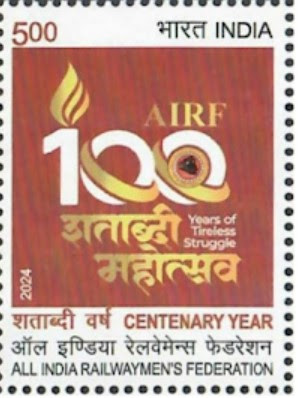Date of Issue : 23 August 2011
Royal Mail is celebrating some of the world’s most beautiful artifacts in a spectacular collection of eight stamps featuring the Crown Jewels, the regalia of the British monarchy.New stamp set issued on August 23, features some of the most important and iconic pieces from the priceless collection.
This year marks the 350th anniversary of the making of many of the items shown, for the coronation of King Charles II in 1661 shortly after the Restoration of the monarchy. Their predecessors had been melted down, and their jewels sold off, during the Commonwealth period under the direction of Oliver Cromwell.
The Restoration of the Monarchy Coin Cover
It features a Restoration of the Monarchy £5 crown from 2010 and all eight Crown Jewels stamps. Inside the insert card tells the story of the restoration of King Charles II. Jointly issued by Royal Mail and the Royal Mint.
Over the years the Crown Jewels have been augmented and remodelled for various monarchs and royal occasions, but they remain housed in the Tower of London, as they were when the initial collection was established in 1303.Stephen Agar of Royal Mail said: ‘The Crown Jewels contain some of the world’s most famous and dazzling diamonds. We wanted to produce stamps which showcase just how stunning this collection is.’

1st Class – The Sovereign’s Sceptre with Cross
Originally fashioned in 1661 and so called because it is surmounted by a cross. In 1905, it was redesigned to incorporate the Great Star of Africa, the second largest cut diamond in the world. During the coronation, the monarch bears the Sceptre with Cross in the right hand.

1st Class – St Edward’s Crown
The Crown originally made in 1661 has 444 precious stones and is the one with which monarchs are crowned when they ascend the throne. It is reputed to have been made with gold recovered from the crown of Alfred the Great.

68p – Rod and Sceptre with Doves
The Sovereign’s Sceptre with Dove was made in 1661. The Dove symbolises the Holy Ghost. During the coronation, the monarch bears this sceptre in the left hand. The smaller rod, where the dove’s wings are closed, is used by the consort.

68p – Queen Mary’s Crown
Queen Mary’s Crown was the consort crown of Mary of Teck, Queen Consort of King George V. It was manufactured for the coronation of George and Mary in 1911. Since Queen Mary’s death on 24 March 1953, her crown has remained unworn.

76p – The Sovereign’s Orb
The Orb was created for the coronation of King Charles II in 1661. It is a hollow gold sphere weighing 42 ounces. The Orb is a religious symbol; it represents the Monarch's role as Defender of the Faith and as Supreme Governor of the Church of England.

76p – Jewelled Sword of Offering
The Jewelled Sword of Offering was made for the Coronation of King George IV. It is the only sword actually presented to the Sovereign during the Coronation (by the Archbishop of Canterbury, to signify that the royal power is at the service of the church).

£1.10 – Imperial State Crown
The Imperial State Crown was made in 1937 for King George VI. Among the stones are several famous ones, including the Black Prince’s Ruby and the Cullinan II diamond, also known as the Lesser Star of Africa. The crown is worn after the conclusion of the coronation ceremony when the monarch leaves Westminster Abbey and at the annual State Opening of Parliament.

£1.10 – Coronation Spoon
Dating from the 12th century the spoon was the only part of the medieval regalia to escape destruction by Cromwell. At the coronation ceremony it is used to anoint the sovereign with holy oil.
Club News
India Post will release a commemorative stamp today in Pt Santanam's memory.
Press Clippings
Govt to honour man who bared truth of Jallianwala massacre
Aditi Tandon
Tribune News Service
New Delhi, August 23
Little is known of Pandit K. Santanam, the man who first bared the horrors of Jallianwala Bagh massacre to the world and who, despite being a conservative Iyengar from Tamil Nadu, left his native place and made Lahore his permanent home. This August 25, the Department of Posts will release a commemorative stamp in Santanam’s memory, 62 years after he passed away.
Much of the man’s contribution was made to Punjab, which he toured in the aftermath of the Jallianwala tragedy to reveal the truth. The government-appointed Hunter’s Committee had buried the facts which resulted in the Indian National Congress appointing its own committee to probe the tragedy.
Santanam, as secretary of this committee which comprised Mahatma Gandhi among others, helped compile a two-volume report on the massacre after recording the evidence of 1,700 survivors in times when the British had clamped martial law in the region, and blacked it out from the world.
“The volume came in 1920 and remains, to date, the most authentic record of the massacre. My father had a special love for Punjab, especially Lahore, where he lived until the Partition. Unfortunately, we were unable to carry back documents that contained references to him. All we had for record were the references to him contained in the works of Gandhiji and Nehruji. I am glad his work is being finally recognised,” Madhuri Sondhi, the lone surviving daughter out of the four that Santanam had, told The Tribune today.
She recalled the association her father had with The Tribune and how his house briefly hosted the newspaper during its clandestine publication from Lahore. The Tribune for its part elaborately covered the unusual inter-caste marriage Santanam, a Brahmin from Kumbakonam, had with Krishna, daughter of Arya Samaj leader Pandit Atma Ram Vedi, in 1916. “It was an unusual wedding for those days,” recalls Madhuri, widow of eminent parliamentarian and IFS topper, the late M L Sondhi.
She added that the Jallianwala tragedy was not just about April 13, 1919; it was equally about the brutal reign of terror the British unleashed after the massacre in their attempt to thwart legitimate protests.
“It was then that the British embroiled top leaders for waging a war against the government. My father represented them, being a barrister with the Lahore High Court,” she says.
Santanam was defence counsel in what came to be called as the Lahore Leaders Case. To seek its transfer out of Lahore and ensure an impartial probe, he undertook a dramatic journey to summer capital Simla, just to inform the Indian member of the Viceroy’s Executive Council of the goings-on in Punjab and the horrors of Martial Law.
“He hid under a bunk in a railway carriage where an Englishman had seated himself. He could not get the case transferred but he did bring the facts before the rest of India which didn’t have a clue to what was happening in Punjab post Jallianwala,” Madhuri says.
Also treasurer of the association set up for the defence of Bhagat Singh, Santanam, in 1924, became Managing Director of Lakshmi Insurance Company, which was later called the LIC of India. “That was at the behest of Lala Lajpat Rai, his close friend,” his daughter recalls. The man’s last assignment was as member of the advisory committee to the Ministry of Relief and Rehabilitation which rehabilitated the Partition victims.
: Vipan Kumar Thakur, Chandigarh
My Covers
Cover from Greece
Spyros, Crete Chania
Thanks Spyros for your letter and this beautiful card. Difficult to find Maxim Card on your theme but can send you cover. Would you like to receive it. Please email me !!
























.png)













No comments:
Post a Comment